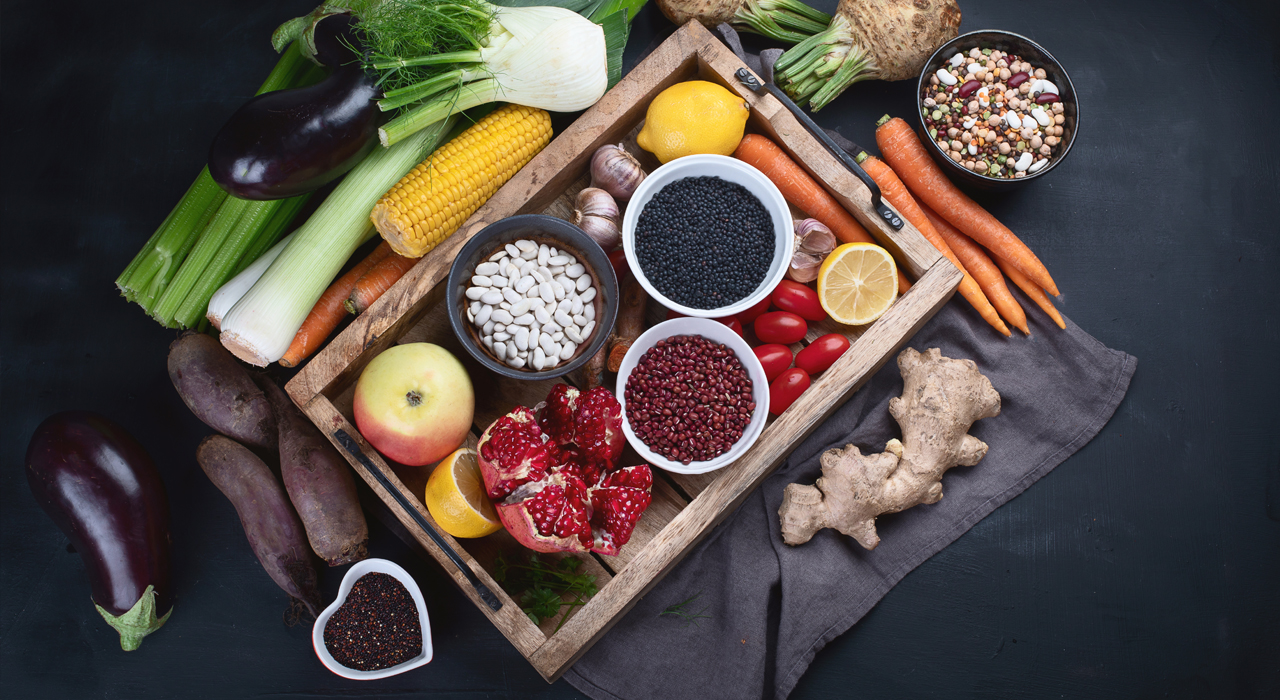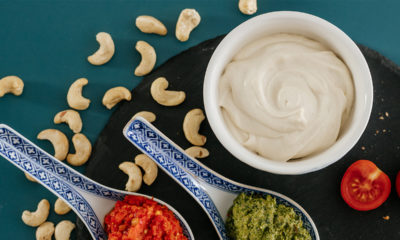Nutrition
Deciphering the Glycemic Index
With so many diet trends floating around right now it can become very easy to get confused with what foods are good and what foods may be considered “bad”. You may have heard that low glycemic foods are good and that high glycemic foods are bad, but is that entirely true?
Let’s start with addressing what the glycemic index is. The glycemic index is a type of ranking system that will measure how one food in particular will raise someone’s blood sugar levels after consuming it. This ranking system was designed as a tool for people who need to closely monitor blood sugar levels in conditions like diabetes, where glucose tolerance is impaired.
Foods that are high glycemic will be digested and absorbed rather quickly thus raising blood sugar levels quickly as well. On the other hand, low glycemic foods are digested slower and are absorbed slower, thus helping to maintain stable blood sugar levels. Foods that are low on the glycemic index are seen to be much healthier as they help control blood sugar spikes, improve satiety, aid in controlling energy levels, overall health benefits, and managing weight.
So how important is the glycemic index for those that don’t need to constantly monitor blood sugar levels, and is it bad to consume high glycemic foods?
To measure a person’s glucose response and how one reacts to low or high glycemic foods, the subject will consume a food that has a fixed amount of carbs, let’s say 50 grams of carbs for example. That means that the volume of that specific food will vary, as 50 grams of carbs coming from straight sugar would look very different from 50 grams of carbs from broccoli. There have been many studies over the years that have shown a wide range of variability in how blood sugar increases from person to person consuming the exact same foods. While white bread might spike someone’s glucose response up to 140, someone else might only have a response of 60. As you can see that is quite a large range however, both do show an increase. Another point of variation to take note of, is that most people do not tend to only eat carbs at one meal. So when someone consumes fats and protein with that carb source, there will also be some variation in terms of digestion and absorption rates, which will greatly affect glucose response.
When comparing low glycemic diets and high glycemic diets with regard to overall bodyweight loss, studies have shown that subjects consuming a low glycemic diet did show more weight loss than subjects consuming a high glycemic diet. Low glycemic diets have also been shown to improve cholesterol in overweight individuals which in turn will improve insulin sensitivity. This will also help improve cardiovascular disease and reduce overall stress and inflammation in the body for those overweight individuals.
Now will low glycemic foods help keep you more satiated? The evidence is mixed as this is going to come down to your overall diet in general versus individual foods specifically. However, eating 500 calories of low glycemic foods will affect satiety levels when compared to 500 calories from high glycemic foods. The low glycemic foods will have much higher volume and will be loaded with fiber that can help keep you feeling fuller for longer.
So are high glycemic foods “bad” for most people? Not necessarily, especially in moderation! Having balance in your diet is extremely important, but choosing highly processed foods loaded with sugar might not be the best choice for someone with specific fitness or health goals. The glycemic index doesn’t need to be the only determining factor when deciding what to eat, however choosing nutrient dense foods that are packed with fiber and micronutrients will be more beneficial for your overall health in the long run!














